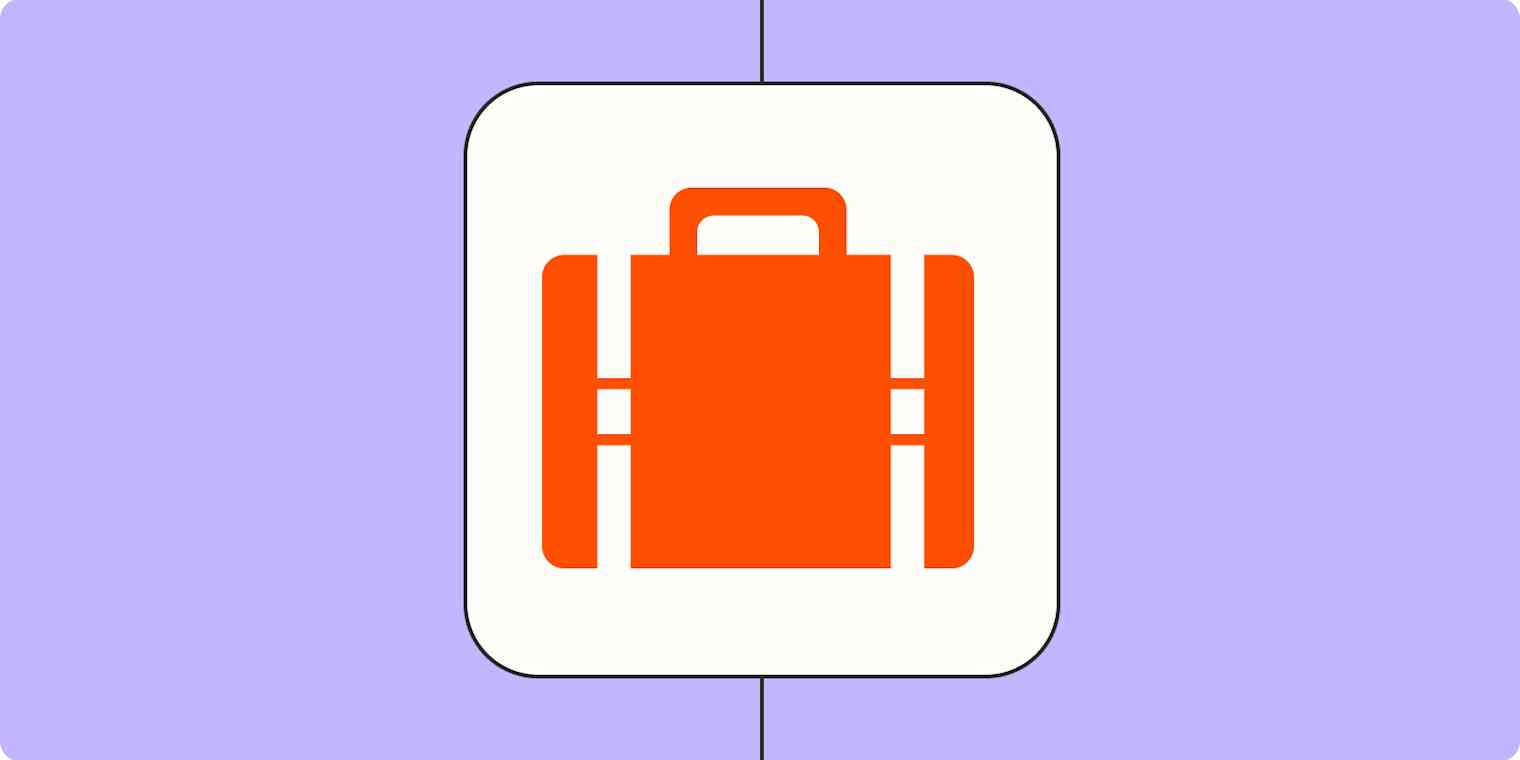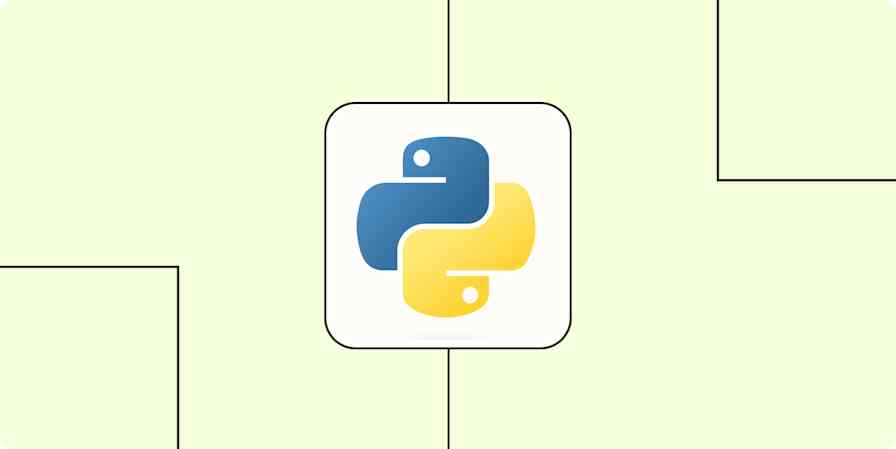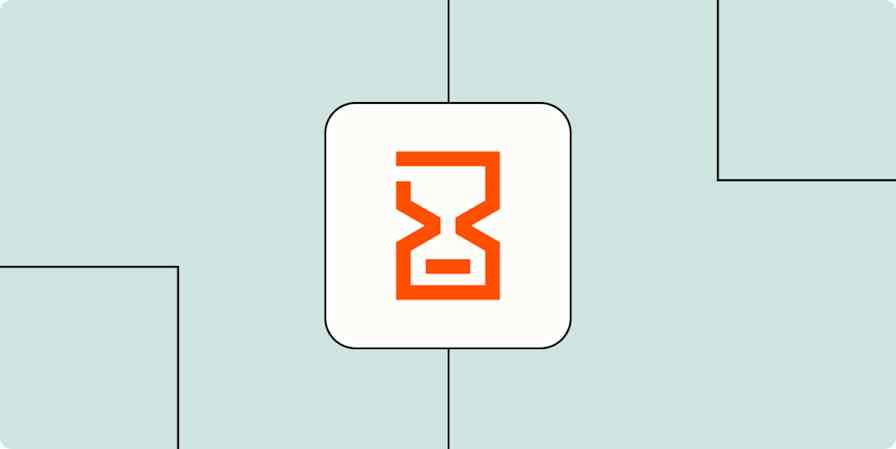Zapier tutorials
6 min readHow to set up an automatic out-of-office notification bot
By Krystina Martinez · June 6, 2023

Get productivity tips delivered straight to your inbox
We’ll email you 1-3 times per week—and never share your information.
tags
mentioned apps
Related articles
Improve your productivity automatically. Use Zapier to get your apps working together.







